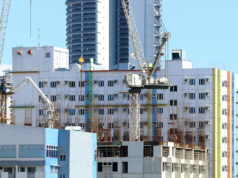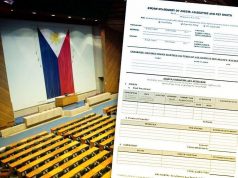AMLC, PAGCOR keep close eye on dirty money risks from POGOs
By Luz Wendy T. Noble
Reporter
THE ANTI-MONEY Laundering Council (AMLC) and the Philippine Amusement and Gaming Corp. (PAGCOR) have been monitoring dirty money risks from Philippine Offshore Gaming Operators (POGOs) through risk and on-site assessments as part of their signed memorandum of agreement, AMLC Executive Director Mel Georgie B. Racela said.
“Based the results of our risk assessment, we have refocused our resources to conducting onsite examination on these POGOs and their service providers,” Mr. Racela said in a text message, noting that they have also finished their baseline examination for major land-based casino operators in 2019.
Mr. Racela said AMLC and PAGCOR’s joint onsite examinations are divided into three key parts.
For the first step, Mr. Racela said they inspect and validate the existence of POGOs as indicated in their provided addresses and then schedule a meeting with the firms’ officers.
“We intend to finish the first part by end of March and we will move forward based on the result of this activity,” Mr. Racela said.
The next step is to visit the POGOs to make an initial assessment of their anti-money laundering and counter terrorist financing compliance.
The third and final step is the actual on-site examination, Mr. Racela said.
Under the amended Anti-Money Laundering Act or Republic Act No. 10927 enacted in 2017, casinos are considered as “covered persons.”
Bangko Sentral ng Pilipinas Governor and AMLC Chairman Benjamin E. Diokno has said AMLC and PAGCOR’s memorandum of agreement is meant to tighten cooperation for feedback mechanism amid money laundering and terrorism financing risks on the back of the rise of internet-based casinos, casino junkets, as well as POGOs.
Likewise, Mr. Diokno said the partnership with PAGCOR will allow them to carry out capacity-building measures to address the said threats.
In a Senate hearing on Feb. 11, Mr. Racela said in order to monitor dirty money risks from POGOs, they have conducted two sectoral risk assessments apart from the national risk assessment done in 2017.
Mr. Racela said the first sectoral risk assessment is done through a financial flow analysis of funds that went into the banking system based on reports submitted to the AMLC.
The second part of the assessment is to look into the money-laundering and counter-terrorist financing risks brought about by POGOs.
“Our second sectoral risk assessment has identified approximately P14 billion of the approximately P54-billion total flow of funds, as being transacted under suspicious circumstances,” Mr. Racela said.
The dirty money watchdog said in December they will tweak their framework to avoid heightened surveillance due to weak anti-money laundering and anti-terrorism financing measures.



